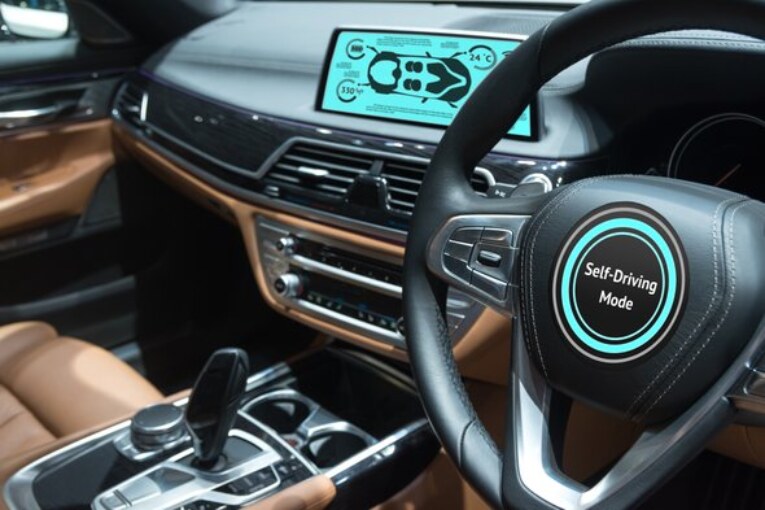
Over the last few years, Electric Vehicles have had a slow start. The first hybrid to be mass produced was the TOYOTA Prius in 1997. And while EV technology has seen changes and improvements, people are still mostly hesitant to make the shift towards Electric Vehicles. However, the biggest reason for the lack of motivation to change to EVs is the lack of charging stations. Changes are being made to existing infrastructure to add more charge points so that consumers do not need to be worried about losing charge while they are commuting.
Another topic on the horizon is Autonomous Cars or Self Driving Vehicles. While it may come as a surprise to some, a few cities in America like Las Vegas, Phoenix and Pittsburgh have already seen Self Driving Cars. In the future, autonomous vehicles and battery-powered technology could work together to create cleaner, efficient and traffic free roads.
WHAT IS AN AUTONOMOUS VEHICLE (SELF-DRIVING CAR)?
A Self Driving Car is a driver-less vehicle that works using sensors, cameras and AI (Artificial Intelligence) to drive from one destination to another without the presence of a driver or with partial help from the driver. A vehicle must be able to navigate completely without human assistance in order to qualify as a fully autonomous car.
According to the U.S. National Highway Traffic Safety Administration (NHTSA), there are 5 levels of Autonomy:
LEVEL 1: Advanced driver assistance system (ADAS) aids the driver with steering, accelerating or braking but not simultaneously. They include features like rear view cameras, parking sensors and vibrating seats to alert the driver.
LEVEL 2: An ADAS can steer and brake or accelerate simultaneously while the driver has to remain fully aware behind the wheel and continue to act as the driver.
LEVEL 3: An automated driving system (ADS) performs all driving tasks under certain circumstances, such as parking the car. The human driver must be ready to re-take control and is required to be the main driver of the vehicle.
LEVEL 4: An ADS is able to perform all driving tasks and react appropriately to the driving environment under certain circumstances. The ADS is reliable enough that the human driver needn’t pay attention for the entire ride.
LEVEL 5: The vehicle’s ADS acts as a virtual chauffeur and does all the driving under every circumstance. The human users are only passengers and are never expected to drive the vehicle.

SELF DRIVING AND BATTERY POWERED CARS:
The root of driver-less technology is convenience. Having fuel powered cars as self driving cars can be harmful to the environment as people would use more cars as they don’t have to go through the hassle of actually driving the vehicle. People who do not know how to drive can also purchase cars as they are no longer required to drive. This would increase the amount of pollution caused due to carbon emissions and leave a larger carbon footprint on the atmosphere.
The easiest solution to this problem would be to make all driver-less cars electric. Having AI cars that are electrically powered can significantly reduce traffic and accidents as the AI can communicate with other vehicles and the traffic control and co-ordinate to avoid accidents and mishaps. However, the technology on vehicle to vehicle and vehicle to infrastructure communication is still being tested and perfected.
AI vehicles can also detect routes that have charging stations along the way and choose those specific routes to get to the destination to ensure that the battery does not die along the way.
AI and Self Driving technology still has a long way to go and new features are constantly being tested to ensure that once the AI, Self Drive and Electric Vehicle technology are perfectly integrated, they become the face of the future.







